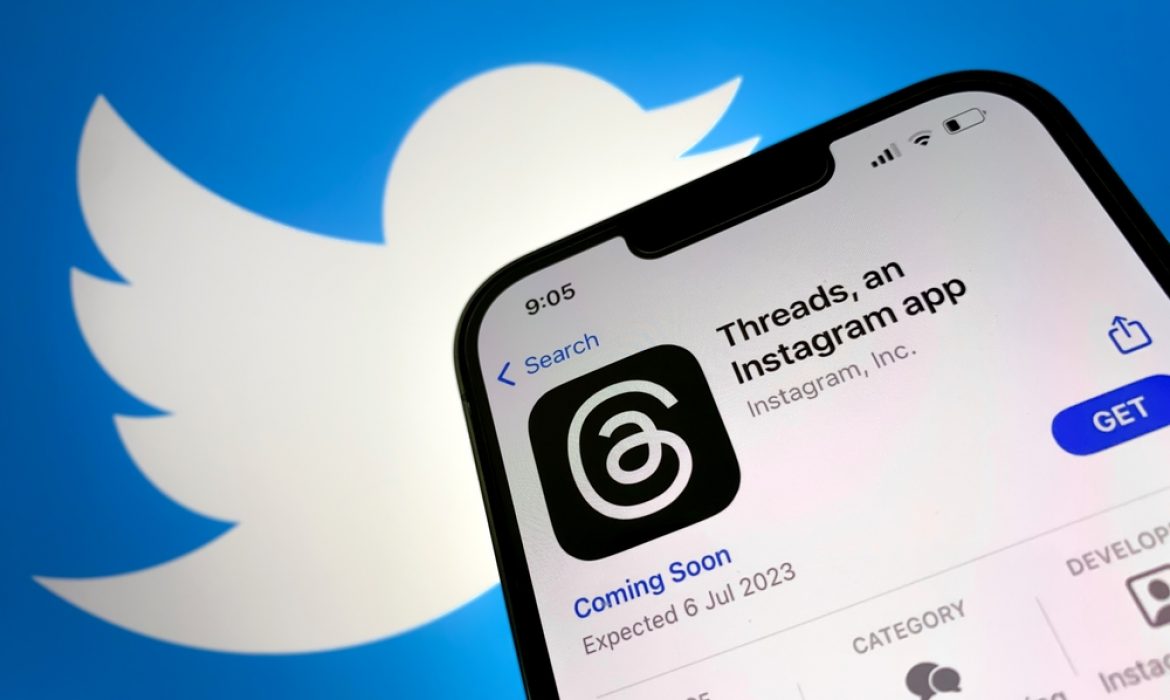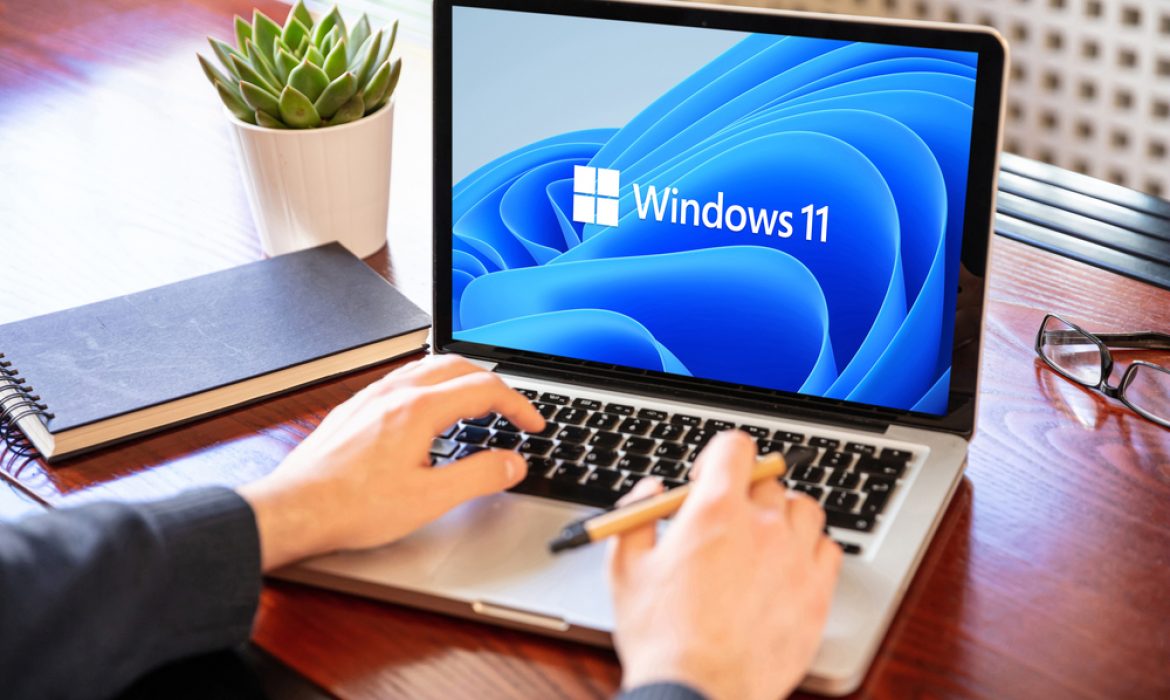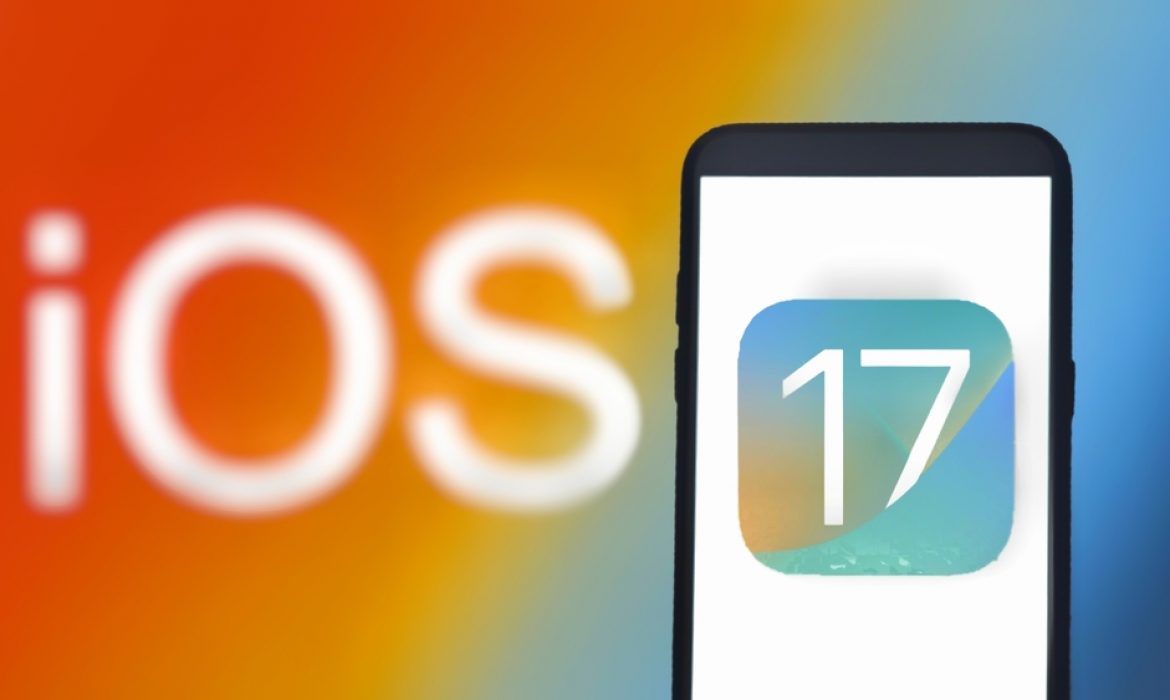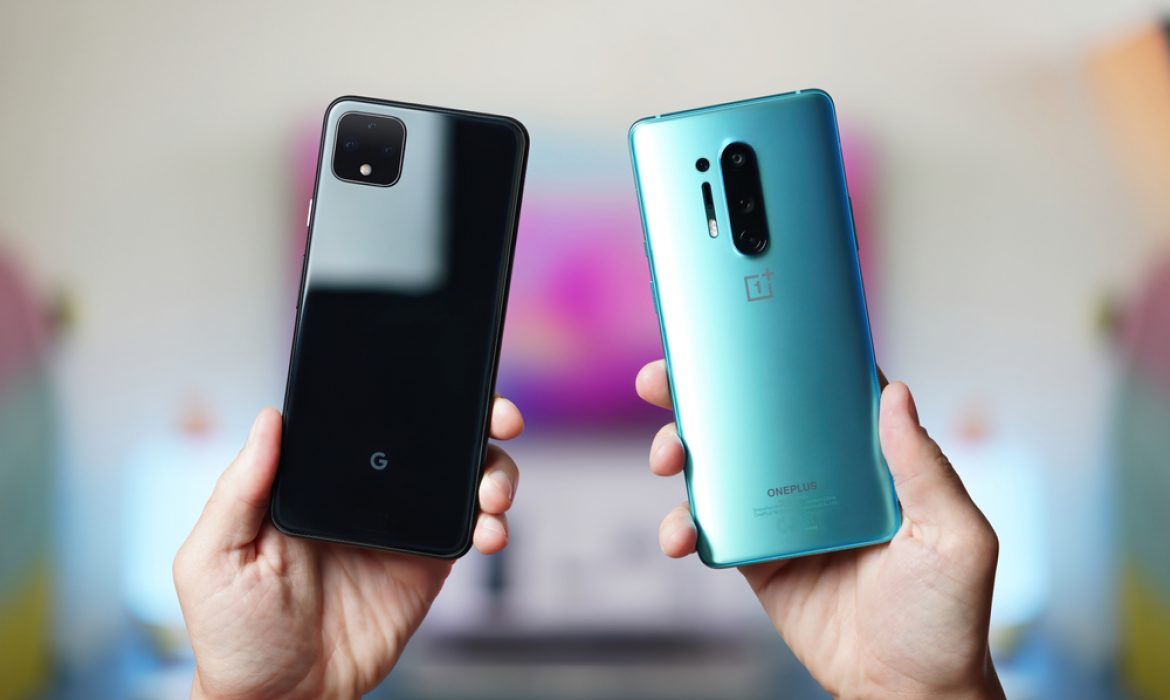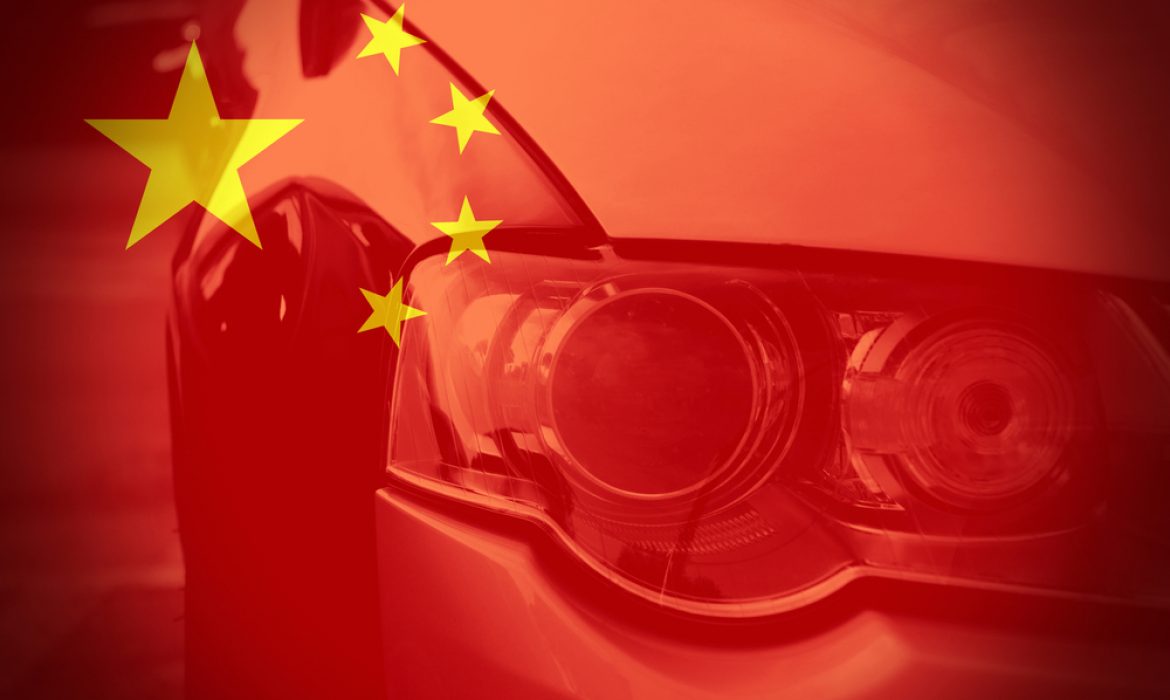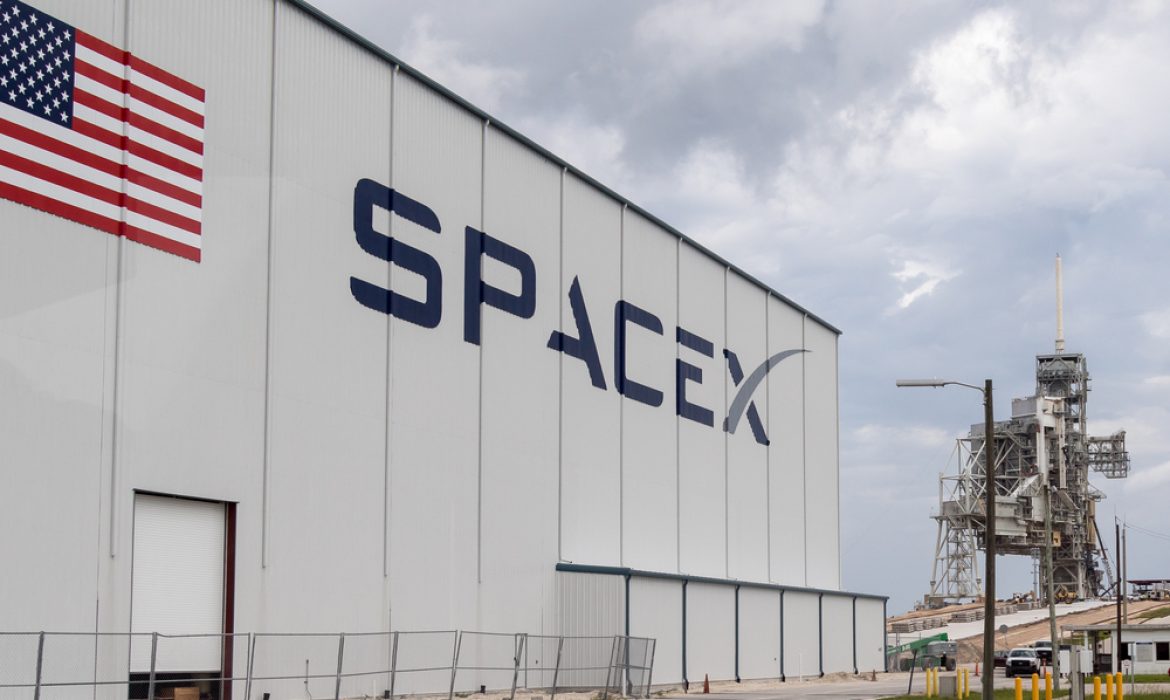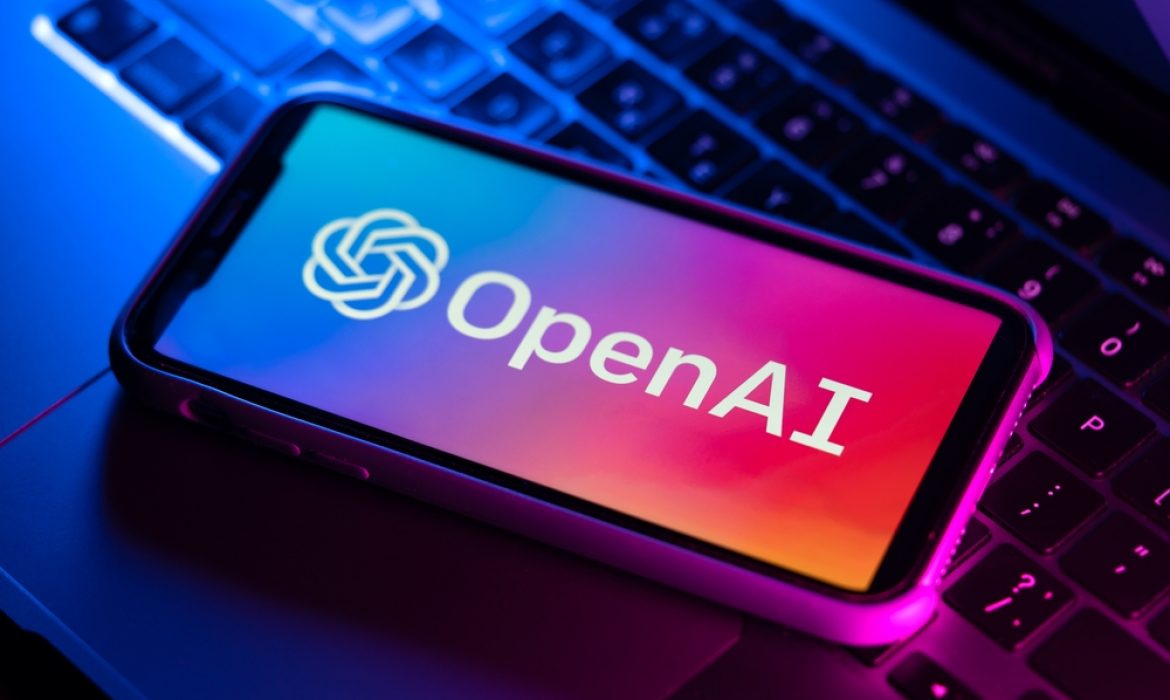Facebook promotion challenges Twitter/X dominance
Meta, the parent company of Facebook, is strategically promoting its innovative service, Threads. Meta has initiated an extensive promotional campaign, integrating Threads posts directly into users’ Facebook feeds, signaling its intent to enhance user engagement and disrupt the social media landscape.
This promotional strategy is not unfamiliar territory for Meta, known for leveraging Facebook’s vast user base to introduce new features. Previously, Meta seamlessly integrated Instagram Reels into Facebook feeds and facilitated businesses from WhatsApp to advertise on the platform. However, the promotion of Threads appears to be more pervasive, leaving users with limited options to opt out.
Meta initiated testing Threads post promotions on Instagram in August, indicating their plans to leverage their expansive social networks for Threads’ benefit. Despite an initial explosive growth followed by a slowdown, Threads has recently experienced revitalized user activity, accompanied by a surge in downloads.
“We’ve introduced updates to streamline access to Threads content on Facebook and Instagram. While we appreciate user feedback and are actively working on improving the experience, our commitment to Threads and its growth remains unwavering,” Meta stated.
Mark Zuckerberg, Meta’s CEO, previously acknowledged Threads’ rapid organic growth, emphasizing the service’s potential. As Meta intensifies its promotional efforts, the competition in the social media sphere intensifies, promising an exciting chapter in the battle for user engagement and platform dominance.
Tech Titans Ride the AI Wave: $2.4 Trillion Surge in Market Value Fueled by Artificial Intelligence Dominance
In a transformative year driven by the rise of artificial intelligence, US tech behemoths including Apple, Microsoft, Alphabet, Amazon, and NVIDIA have collectively added a staggering $2.4 trillion to their market capitalization, marking an average growth of 36%.
According to the Euroscape 2023 report by venture capital firm Accel, generative artificial intelligence, embodied by tools like OpenAI’s ChatGPT and Google’s Bard, played a pivotal role in this surge. Philippe Botteri, a partner at Accel, emphasized AI’s omnipresence, indicating its integration from startups to established giants.
The funding landscape reflected this AI revolution. OpenAI led the charge with a monumental $10 billion raise, followed by Inflection at $1.3 billion. Europe showcased remarkable growth, with France witnessing significant investments in AI startups like Hugging Face ($235 million), Poolside ($126 million), and Mistral AI ($113 million). Notably, generative AI fostered a resurgence in unicorn companies, with 40% of new unicorns in Europe and Israel originating from this sector, rising to a striking 80% in the US.
However, the remarkable year faced hurdles. Regulatory scrutiny intensified, leading to a significant drop in deal-making activities among tech giants. Only 10 major transactions occurred, a stark contrast to previous years’ figures. Even marquee deals like Microsoft’s acquisition of Activision Blizzard faced prolonged battles with regulators, highlighting the challenges faced by these tech titans amidst their AI-driven ascension.
This seismic shift, with AI at its core, has not only reshaped the tech industry but also set the stage for a new era where artificial intelligence reigns supreme, reshaping markets and propelling innovation at an unprecedented pace.
Headline: “Tech Titans Ride the AI Wave: $2.4 Trillion Surge in Market Value Fueled by Artificial Intelligence Dominance”
In a transformative year driven by the rise of artificial intelligence, US tech behemoths including Apple, Microsoft, Alphabet, Amazon, and NVIDIA have collectively added a staggering $2.4 trillion to their market capitalization, marking an average growth of 36%.
According to the Euroscape 2023 report by venture capital firm Accel, generative artificial intelligence, embodied by tools like OpenAI’s ChatGPT and Google’s Bard, played a pivotal role in this surge. Philippe Botteri, a partner at Accel, emphasized AI’s omnipresence, indicating its integration from startups to established giants.
The funding landscape reflected this AI revolution. OpenAI led the charge with a monumental $10 billion raise, followed by Inflection at $1.3 billion. Europe showcased remarkable growth, with France witnessing significant investments in AI startups like Hugging Face ($235 million), Poolside ($126 million), and Mistral AI ($113 million). Notably, generative AI fostered a resurgence in unicorn companies, with 40% of new unicorns in Europe and Israel originating from this sector, rising to a striking 80% in the US.
However, the remarkable year faced hurdles. Regulatory scrutiny intensified, leading to a significant drop in deal-making activities among tech giants. Only 10 major transactions occurred, a stark contrast to previous years’ figures. Even marquee deals like Microsoft’s acquisition of Activision Blizzard faced prolonged battles with regulators, highlighting the challenges faced by these tech titans amidst their AI-driven ascension.
This seismic shift, with AI at its core, has not only reshaped the tech industry but also set the stage for a new era where artificial intelligence reigns supreme, reshaping markets and propelling innovation at an unprecedented pace.
Google Search Unveils AI-Powered Image Generator: A Game-Changer for Digital Creativity
In a groundbreaking move, Google has rolled out an innovative AI-powered image generator directly within its search engine, revolutionizing the digital creative landscape. Accessed through Google Labs and the Search Generative Experience (SGE) program, this feature eliminates the need for third-party sites, offering users a seamless experience right within the familiar Google platform.
Users, currently limited to those in the U.S. aged 18 and above, can input a text prompt, and within seconds, the neural network generates a corresponding image. The generated images can be easily exported to Google Drive or downloaded onto devices. Even more impressively, this technology extends to Google Images, allowing users to utilize Google Lens for real-world image searches based on the AI-generated content.
However, certain restrictions are in place. The tool cannot be used to create images of celebrities, and photorealistic depictions of human faces are prohibited. These ethical boundaries reflect Google’s commitment to responsible AI usage.
Additionally, to maintain the authenticity and integrity of generated content, Google has introduced SynthID, a digital watermarking system. This technology ensures that AI creations are identifiable, fostering trust and accountability in the digital realm.
The introduction of this AI image generator not only simplifies the creative process but also signifies a significant step toward democratizing AI technology. As Google continues to innovate, the potential applications for this feature in various fields, from art to education, are limitless. Stay tuned as Google redefines the future of digital creativity.
Windows 11 Struggles to Surpass Windows 10’s Legacy
Two years have passed since the grand unveiling of Windows 11, yet its predecessor, Windows 10, continues to reign supreme. According to recent data from StatCounter, Windows 10 commands a staggering 71.64% of the global Windows-based operating system market, while Windows 11 lags far behind with just 23.61%.
This stark contrast in adoption rates becomes even more apparent when considering the historical context. Windows 10 managed to secure a 32.84% market share within the same timeframe after its launch in 2015, a whopping 10% more than Windows 11 has achieved.
Despite Windows 11’s efforts to entice users with innovative features like Microsoft’s AI assistant Copilot, widgets, and full DirectStorage support, it seems the operating system hasn’t been able to fully win the hearts of users. Criticisms were levied at its revamped Start menu and taskbar, which lacked some functionalities of its predecessor, Windows 10. Additionally, Windows 11’s higher system requirements, necessitating a compatible TPM, left many users facing compatibility issues, although workarounds were available for machines lacking a TPM module.
While the update brought several enhancements, including a slew of new features, Windows 11’s taskbar still falls short in certain aspects when compared to the robust functionality of Windows 10’s taskbar. Notably, Windows 10 continues to dominate the gaming realm, with a 58% share among gamers, as per the September Valve Hardware Survey, while Windows 11 secured 37%, a marginally better result but still falling behind its predecessor.
These statistics depict a story of resilience for Windows 10, showcasing its enduring popularity despite Microsoft’s efforts to usher in a new era with Windows 11. Whether Windows 11 can bridge this gap and carve its own legacy in the tech world remains a question yet to be answered.
iOS 17 Faces Uphill Battle: User Reluctance Amidst Overheating Woes
Apple’s latest release, iOS 17, has received a lukewarm reception. Launched on September 18 with promises of advanced features, it was expected to be quickly adopted by iPhone users. However, the reality paints a different picture: just 26.2% of compatible iPhone users have upgraded to iOS 17, including the pre-installed iPhone 15 lineup.
Version 17.0.3, aimed at solving critical issues causing iPhone 15 overheating problems, has only found its way to 15% of users, indicating indecisiveness among Apple loyalists. In contrast, nearly 45% of iPhones are running stable versions of iOS 16 (16.6, 16.6.1, and 16.7). Users prefer these versions due to their proven stability, carefully developed by Apple over almost a year.
This hesitation means a significant 24% drop in adoption rates compared to iOS 16. A stark contrast to Apple’s historically high update adoption rates.
One of the glaring issues with iOS 17 is its impact on Wi-Fi performance. Users are reporting slow data loading and unstable connections, resulting in outages in various apps such as Threads, TikTok, and Safari. These issues have increased concerns, discouraging users from wholeheartedly adopting the new system.
As iOS 17 overcomes this difficult situation, it remains to be seen whether Apple can quickly resolve these issues, restoring the trust and enthusiasm of users. For now, the path forward appears rocky, highlighting the uphill battle iOS 17 faces among discerning users.
Google Unveils Pixel 8 and Pixel 8 Pro: A Leap into the Future of Smartphones
In a grand unveiling, Google has introduced its latest gems to the world: the Pixel 8 and Pixel 8 Pro. These flagship smartphones promise not just a seamless user experience, but a leap into the future of technology, boasting new electronic internals and an astonishing commitment to support – Google pledges a staggering 7 years of Android updates for these devices.
At the heart of these marvels lies the Tensor G3 single-chip platform, a groundbreaking innovation with an unconventional twist – nine cores instead of the traditional eight. This chip, operating at an impressive 2.91GHz, includes a potent Cortex-X3 core, four productive Cortex-A715 cores, and four energy-efficient Cortex-A510 cores, ensuring unparalleled performance. Paired with Mali-G715 for graphics processing, the Pixel 8 series delivers a performance punch like never before.
The Pixel 8 boasts 8GB of RAM and a choice of 128GB or 256GB of flash storage, while its elder sibling, the Pixel 8 Pro, steps it up with 12GB of RAM and options for 128GB, 256GB, or a whopping 512GB of internal storage. While there’s no memory card slot, the ample storage options ensure you never run out of space for your digital life.
Display brilliance graces both models. The Pixel 8 Pro dazzles with a 6.7-inch OLED LTPO panel, delivering QHD+ resolution, a 120Hz refresh rate, and a staggering brightness of up to 2,400 cd/m2. Its younger counterpart, the Pixel 8, flaunts a slightly smaller yet equally impressive 6.2-inch OLED LTPO panel, offering Full HD+ resolution, a 120Hz frequency, and a brightness reaching 2000 cd/m2. Notably, the Pixel 8 is more compact than its predecessor, providing a sleeker and more immersive visual experience.
The photographic capabilities of the Pixel 8 series are nothing short of extraordinary. The Pixel 8 Pro boasts a remarkable triple rear camera setup, featuring a 50MP main sensor with improved image stabilization and f/1.7 aperture optics, a 48MP wide-angle module, and an additional 48MP sensor for a telephoto lens with five times optical zoom. With support for 30x Super-Res digital zoom and phase autofocus across all three lenses, the Pixel 8 Pro ensures every shot is a masterpiece. The front camera, powered by a 10.5MP sensor with autofocus, captures stunning selfies with remarkable clarity.
The Pixel 8, although slightly scaled down, impresses with a new 12MP wide-angle camera, bolstered by autofocus and macro support, complemented by a 50MP main camera with 8x Super-Res digital zoom. While it may lack the telephoto lens, its photo quality remains outstanding. The selfie game is elevated with its new 10.5MP front camera, promising crystal-clear self-portraits.
What truly sets these smartphones apart are their built-in AI-based photo features. From Photo Unblur to sharpen blurry photos to Magic Editor for effortless photo editing, Google has crafted a suite of tools that redefine smartphone photography. Best Take allows seamless face replacements, while Macro Focus enhances macro shots, and Zoom Enhance improves zoomed-in photos. The Pixel 8 Pro introduces Pro Controls, offering advanced manual camera settings, giving users unprecedented control over their photography. Additionally, both models feature free VPN from Google One, ensuring enhanced security and privacy.
Beyond photography, Google has amplified the intelligence of its devices. The Google Assistant receives a significant upgrade, demonstrating improved speech recognition and translation capabilities. The keyboard, too, integrates AI, swiftly eliminating typos and grammatical errors with a single tap, enhancing the overall user experience.
Moreover, these devices mark a significant departure from the norm in terms of support. Google’s promise of Android updates for 7 years ensures that your investment in a Pixel 8 smartphone is not just a short-term affair but a long-term commitment to cutting-edge technology.
The Pixel 8, priced at $699 in the US or €799 in Europe, and the Pixel 8 Pro, retailing at $999 and €1,099, are now available for pre-orders, with sales commencing next week. As an added incentive, Pixel 8 buyers will receive Pixel Buds Pro headphones, while Pixel 8 Pro buyers will enjoy the coveted Pixel Watch 2. With these devices, Google has once again raised the bar, offering not just smartphones but gateways to a smarter, more intuitive future.
EU Investigates Chinese Electric Cars: A Game of Economic Chess
In a bold move, European Commission President Ursula von der Leyen has announced an “anti-subsidy investigation into electric cars from China,” marking a significant chapter in global trade dynamics. The rise of Chinese electric cars, exemplified by brands like MG, BYD, and Nio, has sent ripples through the European automotive industry, which contributes over 6% to the EU’s employment.
This inquiry, spurred by concerns about the impact of Chinese electric cars on Europe’s economy, particularly its automobile sector, has raised questions and concerns. China’s electric vehicles have flooded world markets, their prices artificially lowered by substantial government subsidies, raising fears of unfair competition.
If the investigation reveals an unfair advantage, European officials might impose higher import duties on Chinese electric cars. However, this move is not without complexity. Many European automakers have significant investments in China, with joint ventures between European and Chinese companies forming a substantial part of China’s electric car exports. Consequently, imposing tariffs on Chinese cars could indirectly affect European brands deeply rooted in the Chinese market.
Moreover, this investigation signifies a political turning point. Europe, traditionally more lenient toward Chinese companies than the US, is now adopting a more assertive stance, reflecting a shift in political sentiment toward China.
Interestingly, this development might serve as an invitation for Chinese companies to establish production facilities within European countries. Some Chinese firms are already exploring the possibility of building factories in Europe, not only showcasing their commitment to local employment and taxation but also strategically maneuvering to evade potential tariff fluctuations.
The investigation into Chinese electric cars represents more than just a regulatory measure; it’s a strategic move in the complex game of global economics, where the outcome could reshape the dynamics of the automotive industry and set the tone for future international trade relations. As Europe makes its move, the chessboard of global commerce becomes even more intricate, with consequences that stretch far beyond the realms of mere tariffs and subsidies. It’s a pivotal moment in the world of business and geopolitics, one that could redefine the rules of engagement for years to come.
Meta and Ray-Ban Unveil Game-Changing Smart Glasses: The Future of Wearable Tech?
In a bold leap forward, Meta and Ray-Ban are reshaping the future of wearable technology with their latest offering: the Meta Ray-Ban Smart Glasses. Shedding the old moniker of ‘Stories,’ these smart glasses are far more than just a fashion statement. Retailing at $299, these glasses are now up for pre-order, set to hit the shelves on October 17.
So, what sets these glasses apart? For starters, they’re not just glasses with a camera; they’re a fusion of advanced audio technology and a high-quality camera experience. On the audio front, these glasses boast a personalized audio system, akin to Amazon’s Echo Frames and Bose Tempo series, promising a musical experience tailored just for you. The new model has a sophisticated microphone setup, featuring five microphones, ensuring crystal-clear calls and voice commands, even in noisy environments.
The camera capabilities are equally impressive. The glasses sport 12-megapixel lenses and can capture stunning 1080p videos. With a storage capacity allowing for 500 photos and 100 30-second videos, these glasses are perfect for capturing life’s moments. Additionally, they introduce seamless live streaming to Facebook or Instagram with just a few taps on the glasses’ stem. A subtle white light indicates recording, ensuring users are aware when they are being filmed.
However, these innovations aren’t without their challenges. Privacy concerns loom large, especially with live streaming capabilities. Meta’s attempt to rekindle interest in smart glasses revolves around presenting them as creative tools. They aim to position these glasses as more than just a gadget, integrating them seamlessly into everyday activities, like cooking or playing musical instruments, while still allowing users to record.
Yet, the primary question remains: Will these glasses find their place in the market? Despite Meta’s previous struggles with user retention, these glasses might have an edge, not just in terms of functionality but also aesthetics. Available in various stylish colors and lens options, including the iconic Wayfarer model and a new round Headliner shape, these glasses are designed to look good.
Powered by Qualcomm’s Snapdragon AR1 Gen 1 processor, these glasses offer a blend of style, function, and technology. With a battery life of 4-6 hours, these glasses are designed to keep up with your active lifestyle. The included case provides an additional eight charges, ensuring you stay connected throughout the day.
Whether ‘audio in glasses’ or ‘camera on your face,’ these smart glasses might just be the start of a new era in wearable tech. Despite the privacy concerns and market challenges, their blend of innovation and style could pave the way for a tech-savvy future where creativity meets convenience, all through a pair of glasses.
SpaceX Launches 21 Starlink Satellites in Early Morning Liftoff
In another milestone for Elon Musk’s SpaceX, the Falcon 9 rocket successfully launched 21 Starlink satellites into orbit from Vandenberg Space Force Base in California. The early morning liftoff took place at 4:48 a.m. EDT (0848 GMT), with SpaceX broadcasting the event via its X (formerly Twitter) account.
What’s particularly remarkable about this launch is the sixth successful takeoff and landing of the Falcon 9 first stage, highlighting the company’s commitment to reusability and cost-efficiency in space travel.
The Starlink project, often dubbed an “Internet megaconstellation,” is SpaceX’s ambitious endeavor to create a global satellite broadband network. As of now, it boasts more than 4,750 active satellites in low Earth orbit (LEO), with plans for further expansion in the future.
This achievement comes hot on the heels of another significant SpaceX feat just days prior when a Starlink rocket took off from Florida’s Space Coast. This marked the 17th flight of the Falcon 9 first stage, breaking the company’s own reusability record set just a week earlier.
The Starlink network is designed to provide high-speed internet access to underserved and remote areas worldwide. As it continues to grow and expand, it promises to bridge the digital divide and revolutionize global internet connectivity.
SpaceX’s ability to consistently launch and recover its rockets represents a crucial step toward making space travel more accessible and cost-effective. The rapid cadence of launches and successful reusability demonstrates the company’s dedication to pushing the boundaries of space exploration.
With each successful mission, SpaceX brings us one step closer to a future where space travel is not only routine but also a fundamental part of our daily lives, offering global internet access, scientific exploration, and commercial opportunities beyond our planet.
OpenAI’s ChatGPT system has gained voice and image recognition capabilities in a major update
OpenAI has unleashed a significant update to its ChatGPT, expanding the capabilities of this viral application in two major ways.
Voice Interaction: First and foremost, ChatGPT now has a voice. Users can choose from five synthetic voices, designed to sound remarkably lifelike, and engage in conversations with the chatbot as if making a phone call. This feature allows users to receive real-time spoken responses to their questions.
Image Recognition: The second major enhancement is ChatGPT’s ability to answer questions about images. While this feature was teased with the introduction of GPT-4, the model powering ChatGPT, it was previously unavailable to the wider public. Users can now upload images to the application and inquire about their content.
Additionally, OpenAI announced that DALL-E 3, the latest iteration of its image-generation model, will be integrated with ChatGPT. This integration will enable users to prompt ChatGPT to generate images.
The introduction of voice capabilities relies on two separate models. Whisper, OpenAI’s existing speech-to-text model, converts spoken language into text, which is then fed into ChatGPT. A new text-to-speech model is used to convert ChatGPT’s responses into spoken words.
The synthetic voices used for ChatGPT were created by training the text-to-speech model on the voices of actors hired by OpenAI. The company focused on ensuring that these voices are pleasant and easy to listen to, with potential plans to allow users to create their own voices in the future.
OpenAI is sharing this text-to-speech model with select companies, including Spotify. Spotify has disclosed its use of the same synthetic voice technology to translate celebrity podcasts into multiple languages, employing synthetic versions of the podcasters’ voices.
These updates underscore OpenAI’s rapid transformation of experimental models into desirable products. In a relatively short time frame, ChatGPT has evolved into ChatGPT Plus, a premium application that combines GPT-4 and DALL-E, rivaling virtual assistants like Siri, Google Assistant, and Alexa. Available for $20 per month, this enhanced app reflects OpenAI’s commitment to making ChatGPT more useful and valuable to users.
The image recognition feature of ChatGPT has already been tested by Be My Eyes, an app designed for people with visual impairments. Users can upload images and ask the chatbot to describe them, offering an alternative to human volunteers.
OpenAI is well aware of the potential risks associated with these updates. Combining models introduces new complexities and challenges. To mitigate misuse, users cannot ask questions about images of private individuals, for instance. OpenAI has been diligently addressing these issues to ensure the updates are safe for public use.
However, challenges remain. Voice recognition could potentially exclude individuals who do not speak with mainstream accents, and synthetic voices carry social and cultural implications that can shape users’ perceptions and expectations.
OpenAI remains confident that it has addressed the most critical issues, but the evolution of ChatGPT and similar AI models will continue to be a complex and evolving process.
